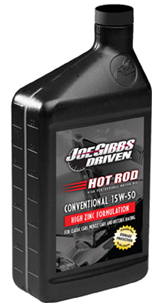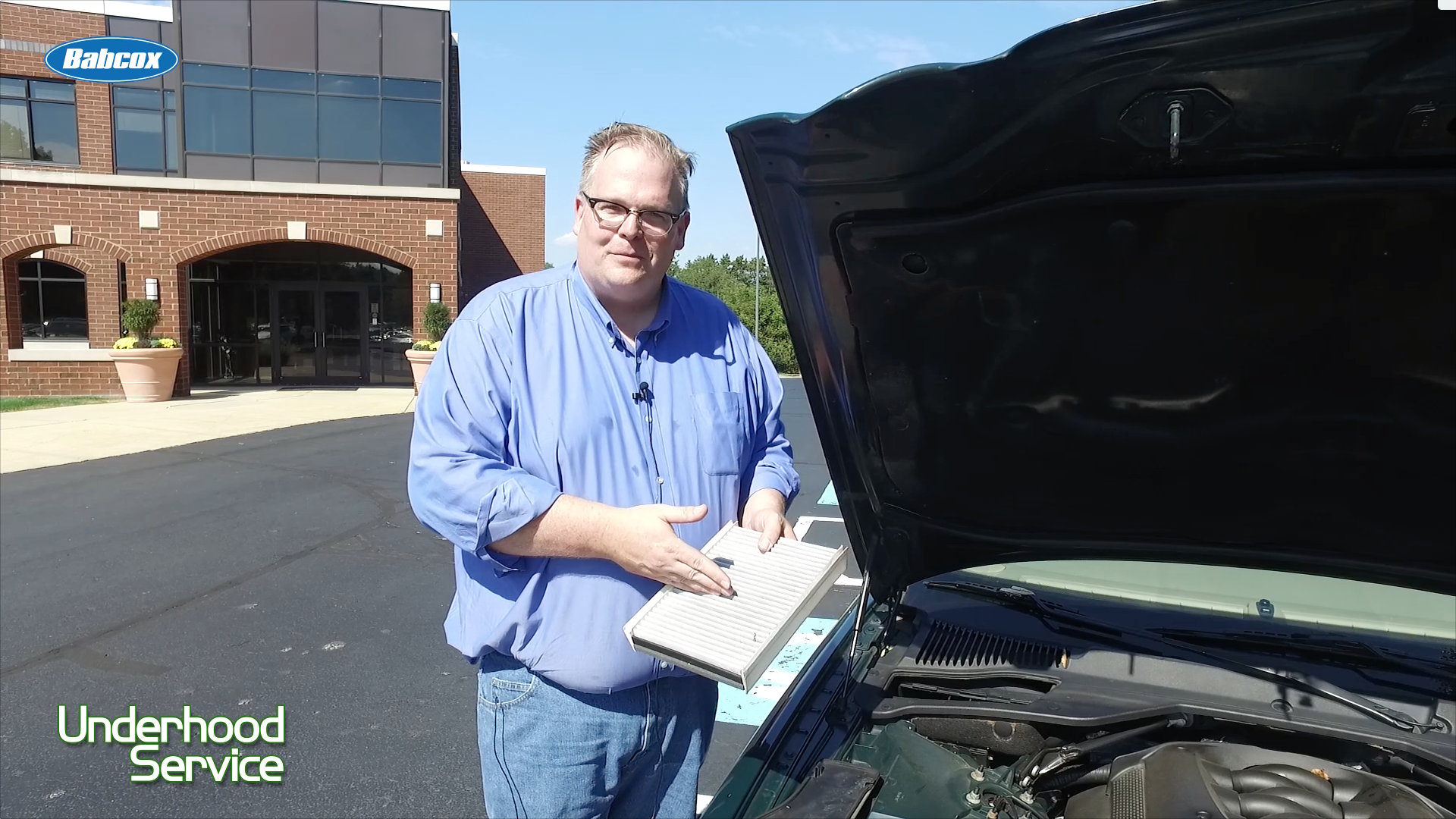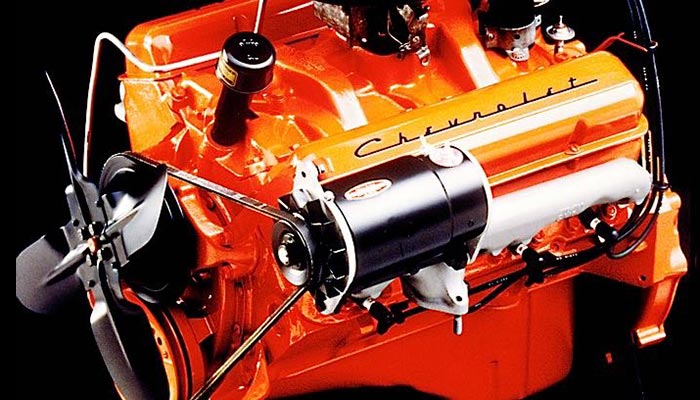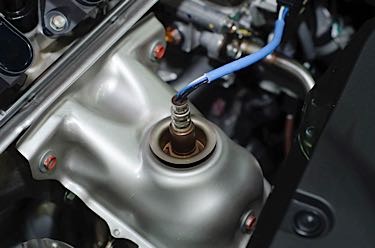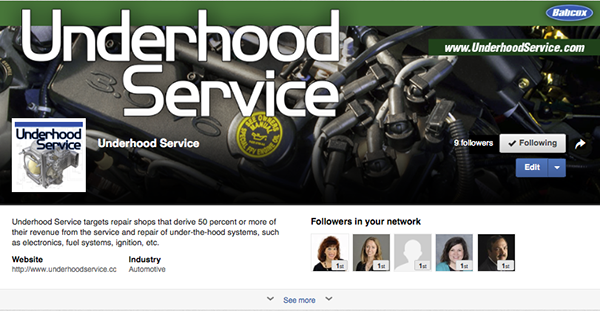
Designed specifically for classic cars and historic racing, Joe Gibbs Driven Hot Rod oil features higher levels of ZDDP and rust inhibitors to protect engines during extreme operating conditions as well extended periods of storage. The specialized formulation of Joe Gibbs Driven Hot Rod oil saves users hassle and money because it does not need any aftermarket additives.
All versions of Joe Gibbs Driven Hot Rod oil can be used in flat tappet and roller cam engines. After using Joe Gibbs Driven BR break-in oil for the first 500 miles on a new or rebuilt engine, customers can now run their choice of conventional or synthetic oil in their engine without having to worry about aftermarket additives. Both the synthetic and conventional Hot Rod oil formulations allow for 3,000 to 5,000 mile drain intervals.
The Joe Gibbs Driven Hot Rod Oil is available in 10W-30 as well a 15W-50.
Joe Gibbs Driven Hot Rod Oil builds on the formulation used by Joe Gibbs Racing in their flat tappet NASCAR Sprint Cup Engines while adding critical additives to protect engines while they’re being stored.
STORAGE PROTECTION – Uses the same oil technology developed for the U.S. Military for storing and shipping their combat equipment. Protects against rust and corrosion.
HIGH ZINC CONTENT – Higher levels of zinc (ZDP) than regular passenger car oils. Delivers proper anti-wear protection for old style push rod and flat tappet engines.
CAMSHAFT WEAR PROTECTION – Superior camshaft wear protection chemistry. The same wear protection found in all Joe Gibbs Driven Racing Oils has powered Joe Gibbs Racing to multiple NASCAR Championships.
CONVENTIONAL OIL FORMULA – Premium conventional base oils provide improved thermal stability.
For additional information, call (866) 611-1820 or visit www.joegibbsracingoil.com.

